Radon Testing
Radon Testing for New Construction
Building a new home is an exciting and significant investment. As a builder or homeowner, ensuring the property is safe and healthy from day one is a top priority.


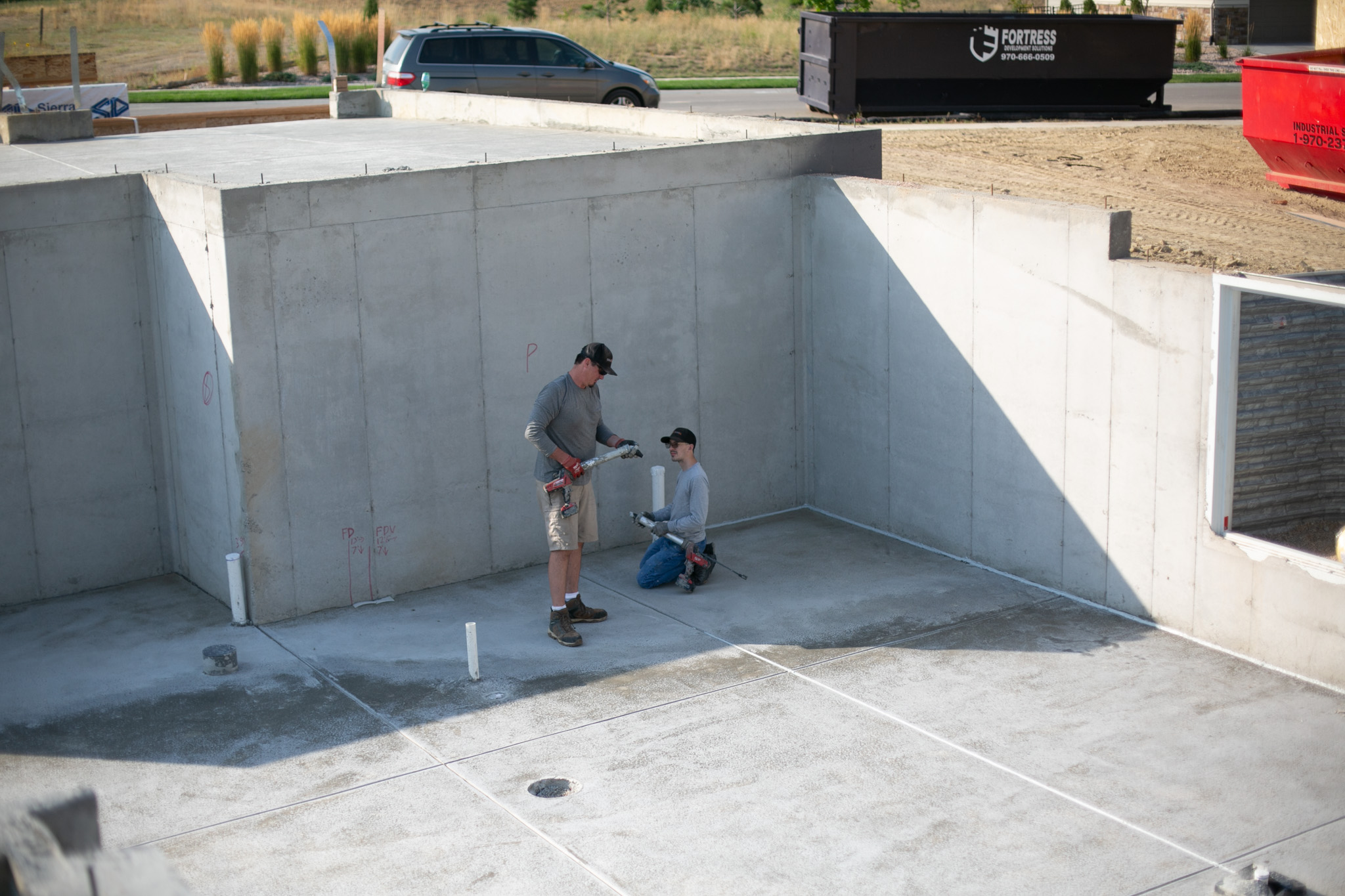

Why is Testing a New Home Essential?

Verifies Safety
Testing is the only definitive way to know if indoor air quality is at a safe and acceptable range. Relying solely on RRNC without verification is a gamble with your family's health and a potential risk of lung cancer.

Cost-Effectiveness
It is far more affordable and efficient to activate a passive radon system or install a full active radon mitigation system as part of a new construction project than to retrofit a home later. A radon-resistant home is a smart investment.

Peace of Mind
For both the builder and the new homeowner, a certified radon test provides documented evidence that the home has been built to the highest safety standards, reducing liability and increasing property value. This is especially important for buyers planning to utilize a basement as a home office or bedroom.
Our Testing Process for New Homes
ColoRadon specializes in providing comprehensive radon measurement services specifically for the new construction market. We work with builders and homeowners to conduct testing at the most opportune time—before move-in, when the home is unoccupied but sealed.
Our process includes:

Professional-Grade Equipment
We use Continuous Radon Monitors to conduct a short-term test, which typically lasts a minimum of 48 hours. These devices provide a detailed, hour-by-hour analysis of the home's radon levels.
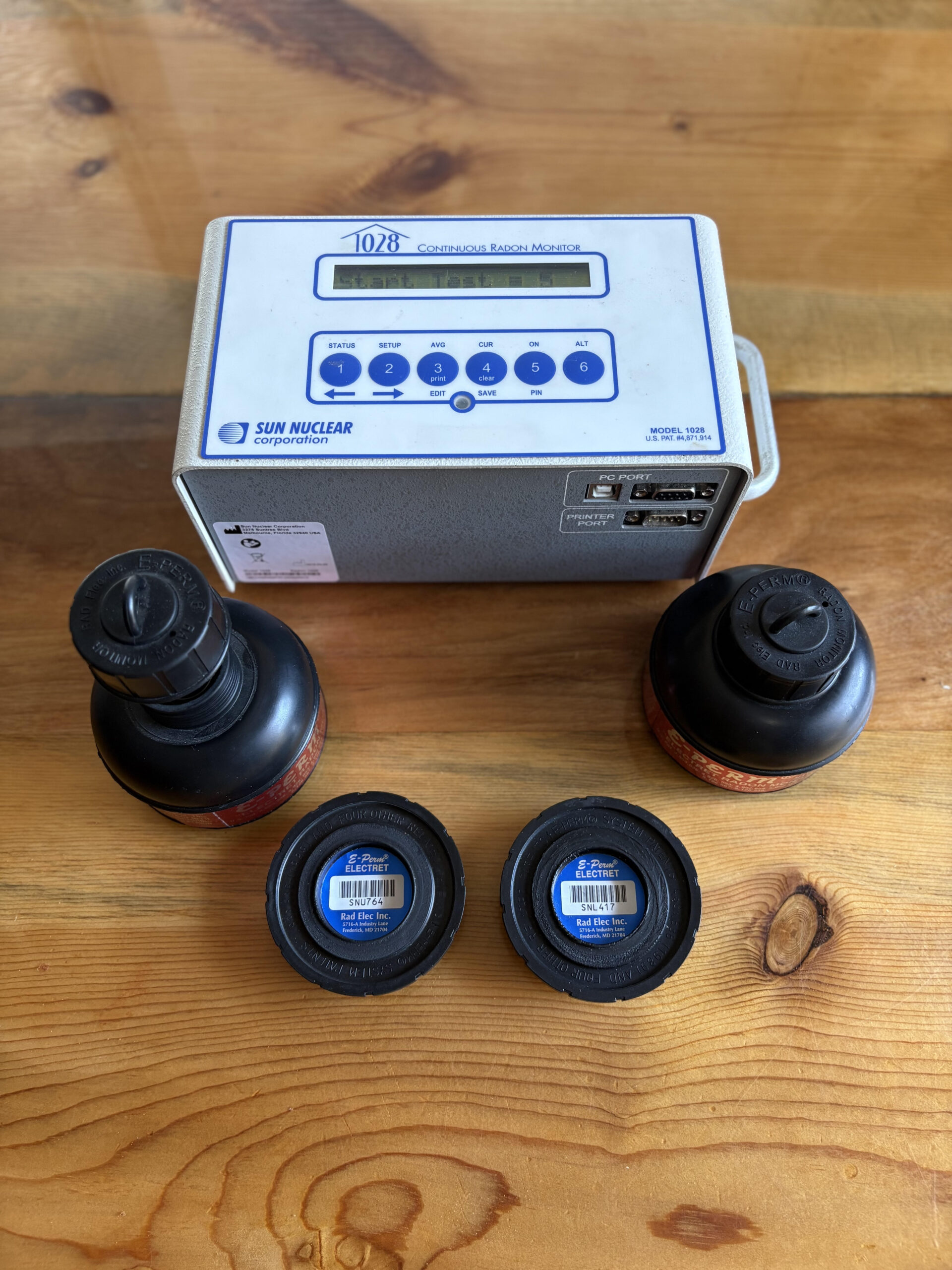

Certified Professionals
All testing is performed by our qualified and certified Radon Measurement Professional, who ensures proper placement of the equipment and adherence to strict protocols for accurate results.
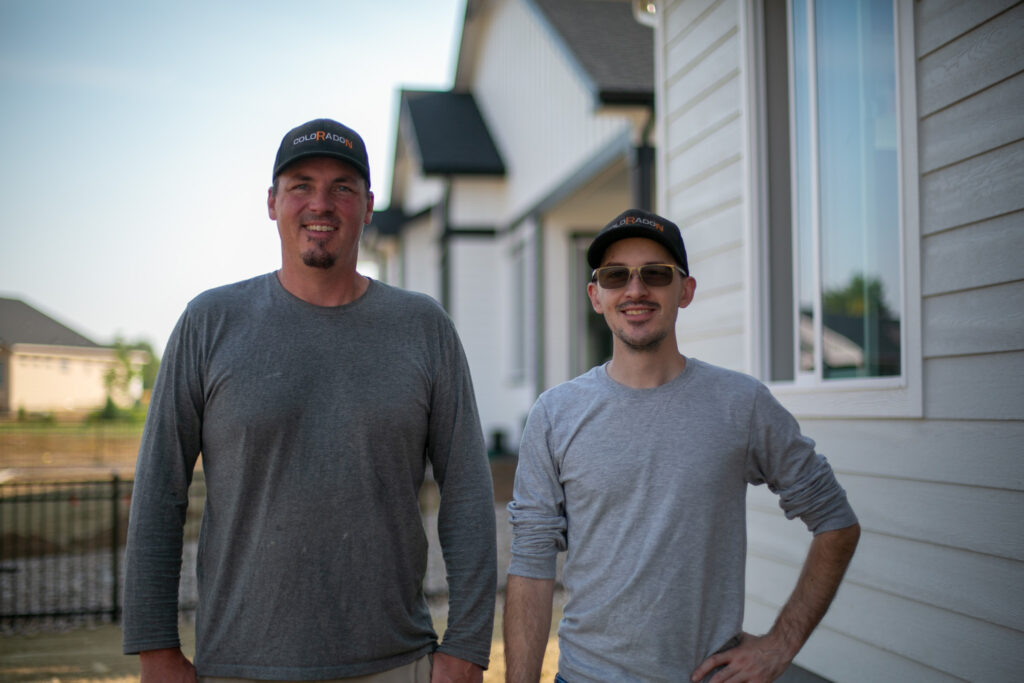

Detailed Reporting
You will receive a clear, easy-to-understand report detailing the home's radon levels in picocuries per liter (pCi/L).
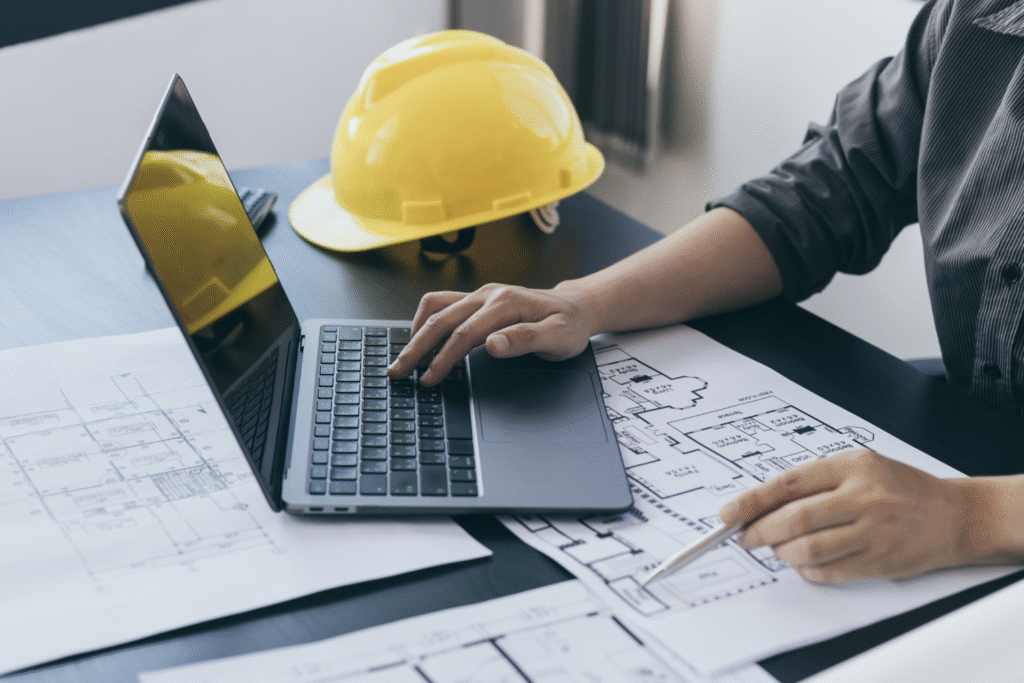

Expert Recommendations
If the test reveals levels at or above the EPA action level of 4.0 pCi/L, we will provide expert guidance on activating the passive radon systems or installing a new mitigation system if needed.
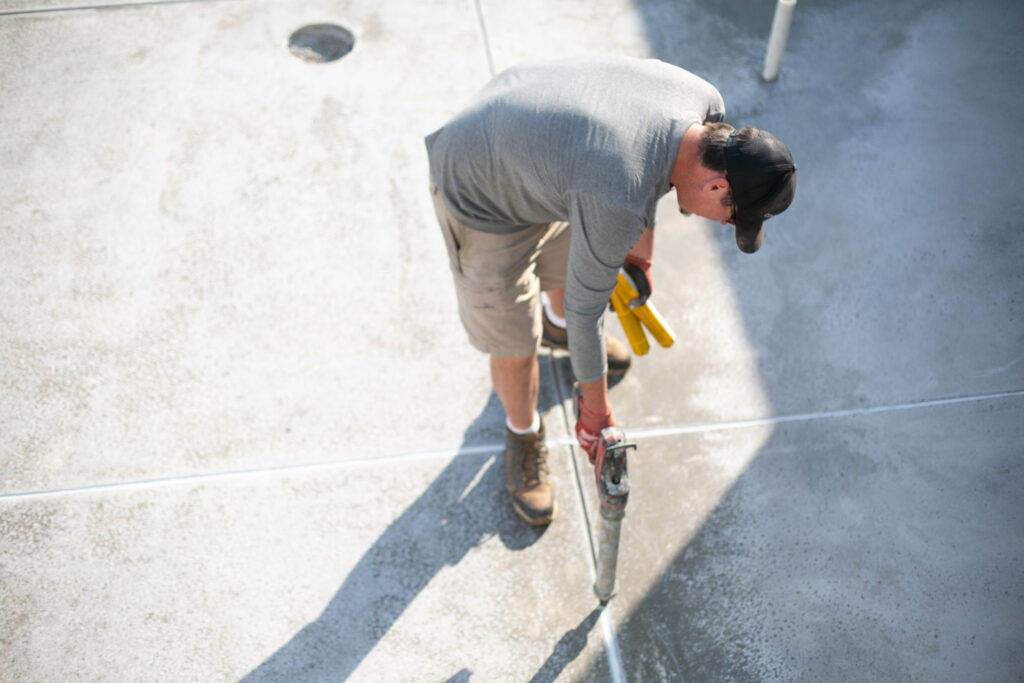
Frequently Asked Questions
1. Do new homes with radon-resistant features still need to be tested?
Yes. While RRNC techniques are a great start, they are not foolproof. Testing for radon is the only way to verify their effectiveness and confirm that radon levels are below the EPA’s recommended action level.
2. When is the best time to test for radon in a new home?
The ideal time is after the home is completed but before the furniture is moved in. The home should be in “closed-building conditions” for at least 12 hours prior to and during the test to ensure accurate results.
3. What if the test shows high radon levels?
If high levels are detected, the existing passive radon system can be easily converted into an active radon mitigation system by adding a radon fan. This is a simple and cost-effective radon removal solution.
Testimonials
What Our Clients Say?
Trustindex verifies that the original source of the review is Google. Very easy to work with, and very professional.Trustindex verifies that the original source of the review is Google. Kent and the folks at ColoRadon are awesome!! I have an old house (1920) that posed a few mitigation challenges. The ColoRadon guys were able to expertly solve for those challenges, and successfully mitigate the radon in our home, sweet home!Trustindex verifies that the original source of the review is Google. Kent and his employee Kevin are exceptional. They listened to our concerns and devised a plan that would work for us. Our radon measured 40.0 - 41.0 which was unbelievable to me but that was the results of our mail in test. After Kent installed the mitigation system our test came back at 2.9. I cannot even tell you how happy this made me. Thanks to Kent and his thinking outside the box he made a system that worked! Kent also installed a radon mitigation system in another one of my homes two years ago and it's working fabulously. I highly recommend ColoRadon. Barbara HarrisTrustindex verifies that the original source of the review is Google. We were in the middle of moving in our new house and Kent with Colorado Randon made everything so simple, it seemed like so many other things kept going sideways and anything that had to do with his tasks got done amazingly! Thanks for being on time with all of your services and even going out of the way to serve us in our Radon needs. I appreciate everyone I talked to and worked on our system, professional, and top quality services with great pricing! I absolutely will recommend Kent and this company to everyone.Trustindex verifies that the original source of the review is Google. We’ve worked with Kent several times, always a pleasure! He’s tested for radon and installed radon mitigation systems for us a few times. We won’t go anywhere else - highly recommend!Trustindex verifies that the original source of the review is Google. Kent is wonderful! He responded to my request for service super quick and was at our house the following day for a consultation. He was knowledgeable and professional. He answered all of our questions and provided us with a quote on the spot. He installed our mitigation system in a timely fashion and left our space cleaner than he found it. I highly recommend ColoRadon for your radon mitigation needs! Thank you Kent! :)Trustindex verifies that the original source of the review is Google. Kent did an amazing job. He did a great job communicating when he was going to be late. He was professional, courteous and cleaned up after himself. He was very thorough in explaining the process and the test after the installation.Trustindex verifies that the original source of the review is Google. We were referred to Kent thru our realtor when we moved to Colorado. Kent was awesome to deal with while we still lived out of state. He checked in when we arrived to complete a 2nd test after our radon mitigation installation. He was awesome to work with and easy to get ahold of!Trustindex verifies that the original source of the review is Google. Kent has worked on my home in other capacities in the past, but with ColoRadon, he removed a pigeon infestation and added netting around my solar panels on a roof that I was not equipped to deal with. He was responsive in scheduling, as always, did great work, cleaned up the huge mess it made and came in under budget. Can’t recommend him more if you need handyman work or radon work done! (He did radon mitigation, mold mitigation, and roof repair on my last home).Trustindex verifies that the original source of the review is Google. Great service, Kent is there when he says he will be, performs the work needed efficiently - cleans up after. Stays in contact thru the entire process. Highly recommended! He genuinely cares about resolving any radon issues.

Get In Touch
Build with Confidence, Live with Peace of Mind
Don’t let the invisible threat of radon compromise your new home. By partnering with ColoRadon, you can ensure that your new construction project is a healthy and safe environment from the very beginning. Our expertise in radon testing and mitigation for new homes provides the highest level of protection and peace of mind.
Contact ColoRadon today to schedule your new construction radon test and build a foundation of health and safety for the future.
